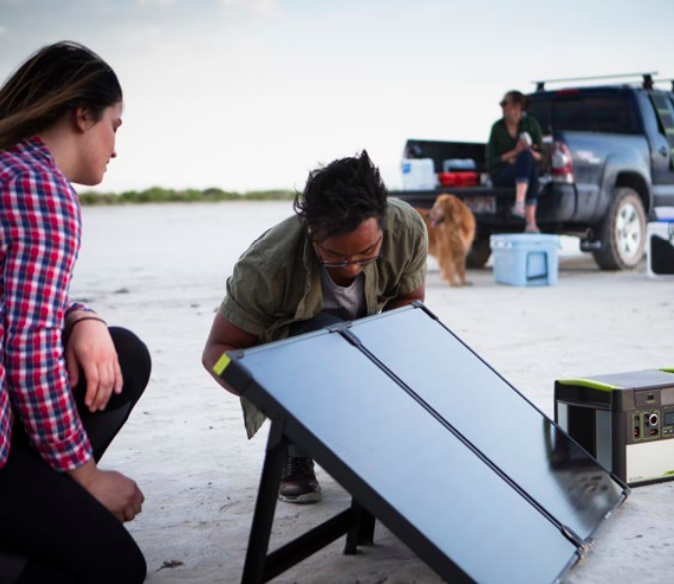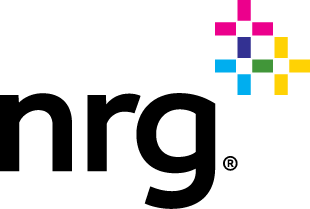How NRG Keeps Its Supply Chain Sustainable

In today’s global economy, virtually no organization is fully vertically integrated. This makes sustainability relevant across a company’s entire value chain. After setting an ambitious goal addressing downstream avoidance of customer greenhouse gas emissions, NRG is one of the first in its sector to include its supply chain as part of its sustainability commitments. This makes strong business sense because sustainable supply chains are inherently more efficient, transparent and resilient.
Organizations in other sectors that engaged their suppliers on sustainability invariably generated cost savings in the process. Our customers are extending their sustainability commitments to suppliers like us, and sectors are developing standards and frameworks for the sourcing and distribution of their products. Supply chain management and transparency is increasingly integral to business and sustainability strategy. Driving enhanced disclosures and accountability in our supply chain will help us reduce costs, mitigate risk, ensure business success and safeguard our reputation.
Goals and Performance
Last year, we announced three new sustainability goals for our supply chain in the areas of disclosure, impact reduction and responsible sourcing principles. We also established a multi-year strategy that focused on planning, implementation and continuous improvement over time. Our focus on planning in 2017 has revealed our largest supply chain impacts and opportunities, establishing a strategic foundation from which to drive significant progress going forward.
The bulk of our company’s supplier spend goes to fuels, goods and services required to operate and maintain our generation fleet, engineering and construction services, and administrative items. Our company does not have significant ownership positions in fossil fuel production or infrastructure, but we recognize the importance of engaging suppliers in these areas. Taken together, NRG’s supply chain efforts involving data disclosure, footprinting, risk assessment, and industry-wide action have formed a foundation from which to build on in 2018 and beyond. These efforts are supplementing our existing supply chain management activities.
Goal 1: Achieve GHG and water disclosures – from 80 percent of major suppliers by 2020
NRG has long participated in CDP’s Climate Change and Water Risk programs, voluntarily disclosing environmental information sought by investors. In 2017, we broadened our reporting efforts by becoming the first U.S. power producer to participate in the CDP Supply Chain Program. As part of this initiative, we encouraged more than 300 suppliers representing 90% of supply chain spend to disclose information about their climate change and water performance. We received climate change responses from 34% of requested suppliers and water responses from 22% of requested suppliers. We feel this first year’s effort puts us in great position to deliver on our 2020 disclosure target.
In our first year of participation, we earned an A-rating from CDP and a position on the Supplier Engagement Rating leader board. This leader board comprises companies from around the world that have been specifically recognized for their efforts to manage carbon emissions and address climate-related issues across their supply chains. Of the companies that participated in CDP’s supply chain program in 2017, NRG was among the 2% of companies in the U.S. awarded a place on the leader board and one of only two power producers.
By encouraging disclosure through CDP, NRG gained more insight into the environmental and social impact of its purchasing decisions. The process also encouraged NRG’s suppliers to improve sustainability data disclosure in competing for NRG’s business.
Learn more about NRG's Goals in the 2017 Sustainability report here.

